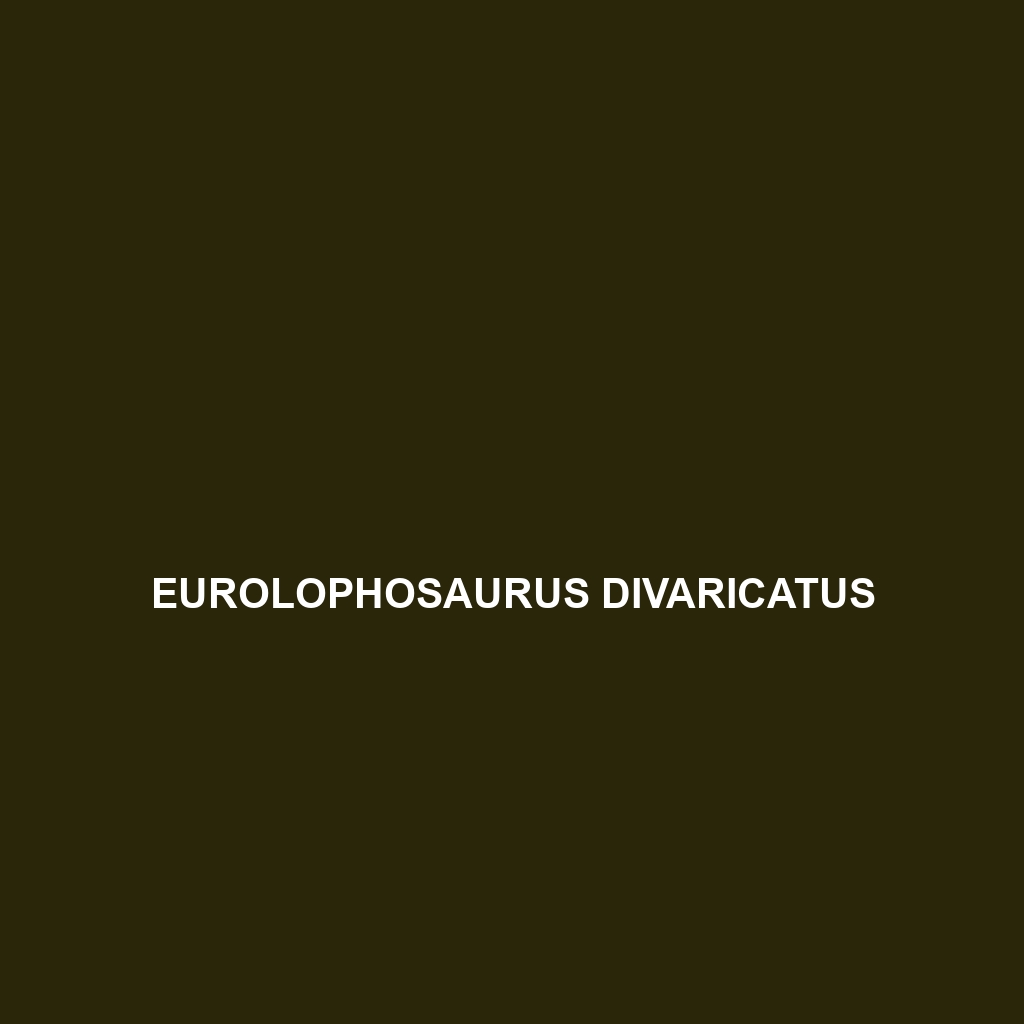<b>Eutropis lewisi</b>, or Lewis' skink, is a tropical skink native to Southeast Asia, thriving in warm, humid climates with dense vegetation. This diurnal, omnivorous species measures 20 to 25 cm, displays remarkable camouflage, and features an ability to regenerate its tail as a defense mechanism.
Tag: Southeast Asian wildlife
Eurolophosaurus divaricatus
Eurolophosaurus divaricatus is a vibrant green, omnivorous species found in tropical rainforests, savannas, and temperate forests. Known for its exceptional camouflage and nocturnal behavior, it plays a vital role in its ecosystem as a pollinator and seed disperser while facing threats from habitat destruction and climate change.
Enhydris chanardi
Discover the Enhydris chanardi (Chanard's water snake), a semi-aquatic species thriving in the tropical regions of Southeast Asia, characterized by its slender body, vibrant coloration, and remarkable swimming abilities. This carnivorous snake plays a vital role in its ecosystem, preying on small fish and amphibians while also serving as an important food source for larger predators.
Diploderma flavilabre
yellow-lipped lizard (Diploderma flavilabre), a stunning species from southeastern Asia known for its distinctive yellow or orange lip and vibrant coloration. Thriving in temperate forests, this diurnal, insectivorous lizard showcases remarkable climbing abilities and plays a crucial role in controlling insect populations within its ecosystem.
Dendrelaphis humayuni
captivating Dendrelaphis humayuni, a vibrant, arboreal snake found in Southeast Asia's tropical forests, known for its slender body, impressive climbing skills, and diet of small vertebrates. With a conservation status of "Vulnerable," this species plays a crucial role in maintaining ecological balance within its habitat.
Daboia siamensis
Experience the fascinating Southeast Asian pit viper, Daboia siamensis, a medium-sized snake thriving in tropical rainforests and grasslands. With its distinctive coloration, nocturnal hunting behavior, and vital role in ecosystem balance, this vulnerable species is essential for controlling rodent populations and maintaining ecological health.
Cyrtodactylus urbanus
Cyrtodactylus urbanus, commonly known as the urban bent-toed gecko, measures 10-15 cm and thrives in Southeast Asia’s urban and semi-urban environments. This nocturnal predator, noted for its distinctive brown patterning and agility, plays a vital role in pest control while adapting well to human-altered landscapes.
Cyrtodactylus soni
Cyrtodactylus soni, a nocturnal gecko native to the tropical forests of Vietnam and Laos, featuring a light brown body with darker spots, measuring 10 to 15 cm in length. As a vital insectivore in its ecosystem, this species faces vulnerabilities due to habitat loss, making conservation efforts essential for its survival.
Cyrtodactylus phongnhakebangensis
Cyrtodactylus phongnhakebangensis, a vulnerable gecko species endemic to Vietnam's Phong Nha-Kẻ Bàng National Park, known for its agile climbing, distinctive coloration, and important role in regulating insect populations within its limestone habitat.
Cyrtodactylus dati
Discover the Cyrtodactylus dati, a vibrant nocturnal gecko native to Southeast Asia's tropical forests, known for its unique coloration, adhesive toe pads, and important role in controlling insect populations. This vulnerable species thrives in limestone habitats, showcasing remarkable adaptability and a fascinating reproductive strategy.









